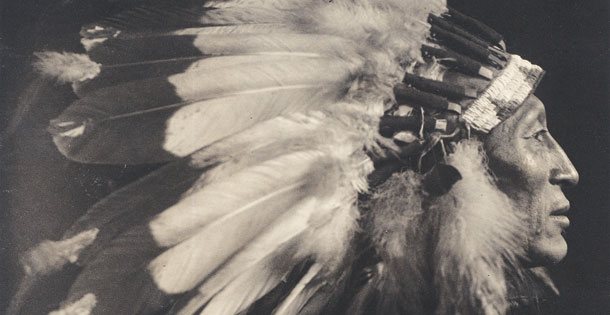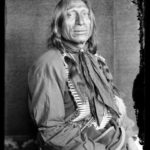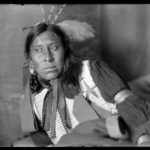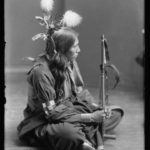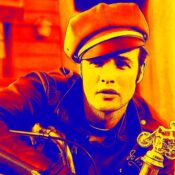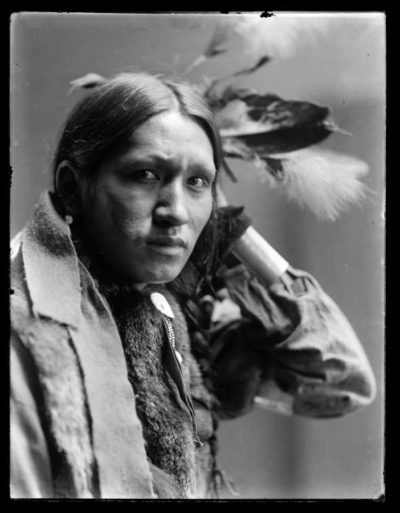
In 1898, William F. “Buffalo Bill” Cody led a spectacular parade down Fifth Avenue in New York. A troupe of hundreds of performers — American Indians in traditional headdresses, cowboys in 10-gallon hats, and military men from Europe, the Middle East, and other countries who were known as the Congress of Rough Riders of the World in colorful regalia — marched down the broad avenue, accompanied by hundreds of horses, buffalo, and other animals.
The parade was designed to entice the public to attend performances of Buffalo Bill’s Wild West Show, which played across the country and Europe in grand outdoor arenas holding as many as 10,000 to 20,000 ticket holders. Between 1883 and 1913, Buffalo Bill’s Wild West toured every year from April through October, preparing a full program of entertainment: feats of horsemanship, marksmanship, and reenactments of Custer’s Last Stand at the Battle of Little Big Horn, the Battle of Summit Springs, the Deadwood Stagecoach robbery, and an “Attack on the Settler’s Cabin.”
Cody and his partners marketed the Wild West program as an educational exhibition and experience, introducing audiences to the American frontier and cowboy life, American Indians, and later, internationally acclaimed military and equestrian teams. Ticketed patrons could visit the Wild West village, the camp where Cody and all of his performers lived at each tour stop.
Cody befriended many of the American Indian men performing with his Buffalo Bill’s Wild West, but the daily programs depicted American Indians in the most stereotypical of situations, relentlessly attacking white American settlers or soldiers.
Gallery
Photo by Gertrude Kåsebier.
Photo by Gertrude Kåsebier.
Photo by Gertrude Kåsebier.
Photo by Gertrude Kåsebier.
Photo by Gertrude Kåsebier.
To read the entire article from this and other issues, subscribe to The Saturday Evening Post.
Become a Saturday Evening Post member and enjoy unlimited access. Subscribe now
